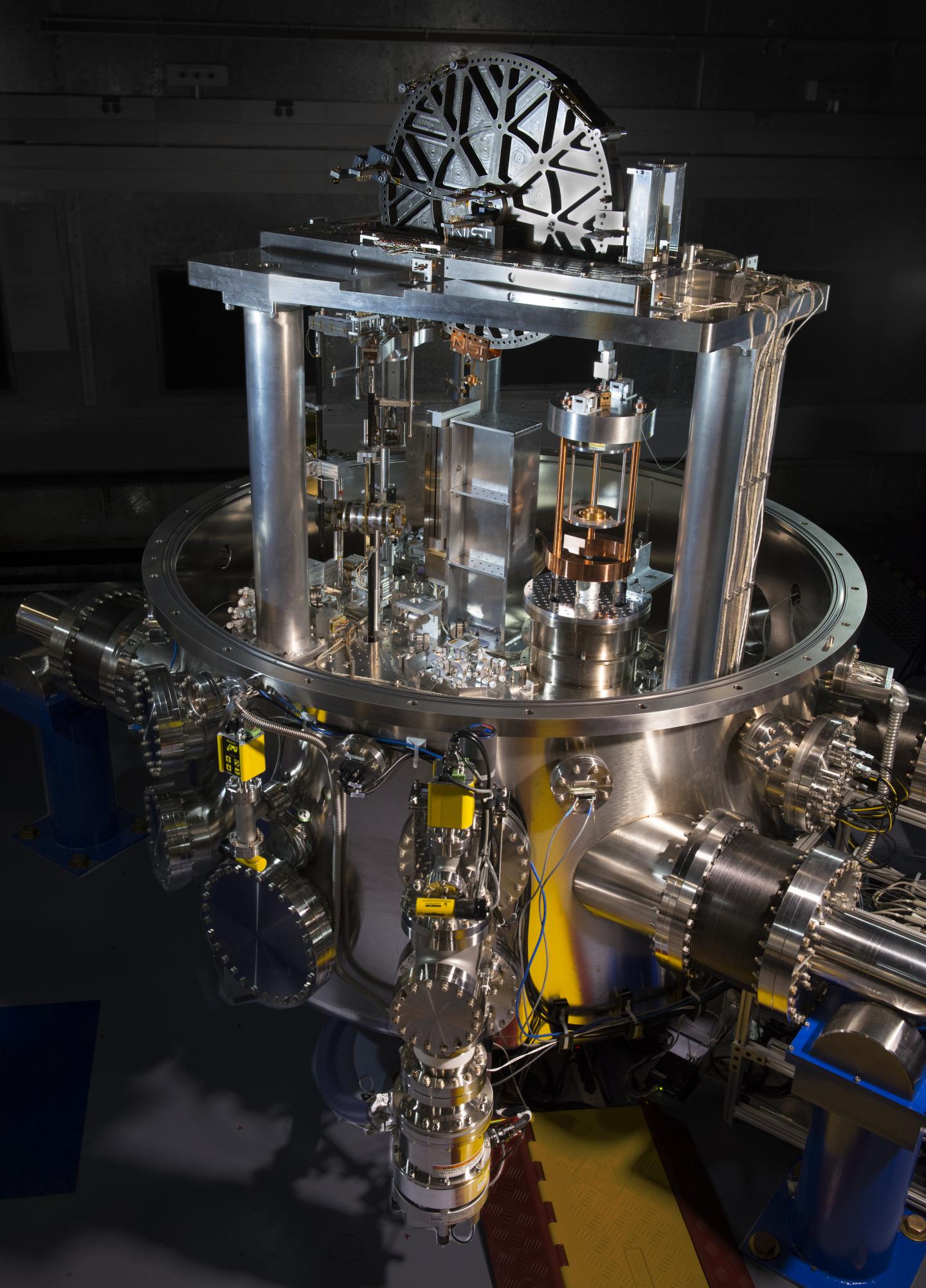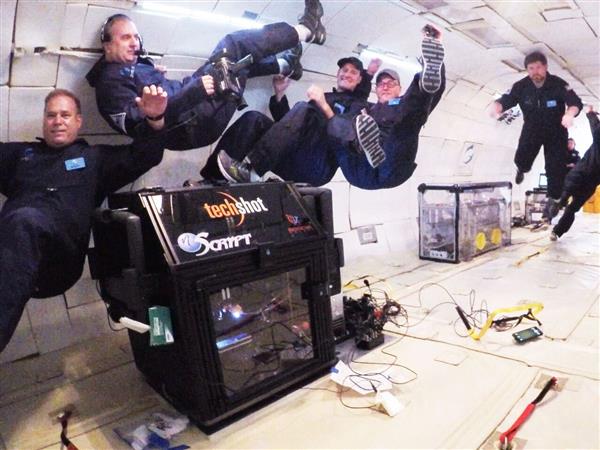Jun 21, 2016
A Promising Anti-Aging Drug Will Soon Be Tried On Humans
Posted by Montie Adkins in categories: biotech/medical, health, life extension
Washington University in St. Louis and Keio University in Japan is set to test the effectiveness and safety of the compound. Starting next month, about 10 healthy people will be administered NMN to see if can improve bodily function and stave off the effects of aging. Should it work, it would become the first bona fide anti-aging intervention available on the market.
A compound called nicotinamide mono nucleotide (NMN) has been shown to slow down the aging process and extend the lifespans of mice. We’re about to find out if it does the same thing to humans.
A planned clinical trial devised by researchers from Washington University in St. Louis and Keio University in Japan is set to test the effectiveness and safety of the compound. Starting next month, about 10 healthy people will be administered NMN to see if can improve bodily function and stave off the effects of aging. Should it work, it would become the first bona fide anti-aging intervention available on the market.
Continue reading “A Promising Anti-Aging Drug Will Soon Be Tried On Humans” »


















